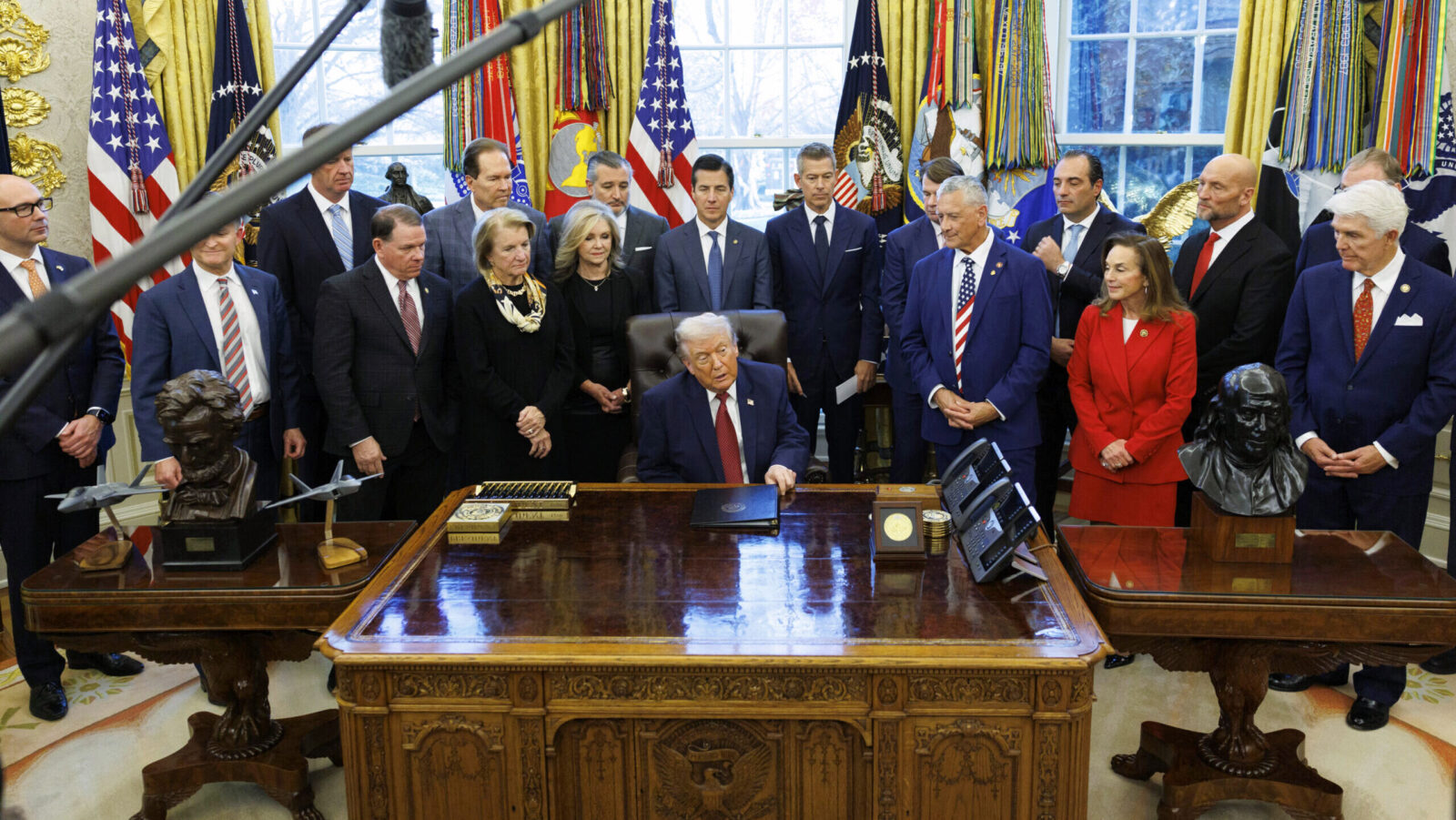Exxon and Chevron, Rivals Turned Frenemies, Face Profit Pressure-Cooker
Rather than jockeying for an advantage in their weakened state, the two longtime rivals are set to work together more and more.

Sign up for smart news, insights, and analysis on the biggest financial stories of the day.
America’s two largest oil companies, Exxon Mobil and Chevron, will report earnings before the bell this morning, and analysts expect profits at both to come up a few barrels short. They may, in fact, be the worst since 2021, when the pandemic converted a big share of human behavior requiring energy consumption into pajama-clad work-from-home days at the kitchen table.
Rather than jockeying for an advantage in their weakened state, the two longtime rivals are set to work together more and more on major exploration initiatives following a tense legal standoff earlier this year that has practically made them frenemies.
Thicker than Water
Oil, like blood, runs thicker than water and, also like blood, Exxon-Chevron’s rivalry can be traced back to the same family. The two companies are a product of the Supreme Court’s 1911 breakup of industry titan John D. Rockefeller’s Standard Oil, which justices ordered split up into 34 different entities at the height of the trust-busting Progressive Era.
As rivals, they also feel the same pain. In the second quarter, that came from the oil-exporting OPEC+ group of countries, which decided to sharply increase production in July — something they’ve agreed to continue this month. This helped push oil prices to four-year lows for large stretches of the three months from April to the end of June. Hence Wall Street’s consensus projection, compiled from analysts by data provider LSEG, that Exxon will report $6.7 billion in adjusted earnings for the quarter, down roughly a quarter year-over-year, and Chevron $3 billion, down roughly a third. Exxon, for one, already warned last month that it expects to take a $1.5 billion earnings hit in the quarter because of lower oil and gas prices. But, with both firms set to report a downbeat quarter, Chevron has moved its business into its best position in years, and Exxon is going to be forced to play along:
- Two weeks ago, in a massive boost to its future production and cash flow, Chevron closed its $53 billion acquisition of Hess after beating Exxon in arbitration. The deal means it will take over Hess’s 30% stake in a massive Guyana project — with some $1 trillion in reserves and a lucrative $30 per barrel break-even price — that’s operated by Exxon, which unsuccessfully argued it had the right to buy out its rival.
- But the situationship doesn’t end there. Last month, the two firms also led a $34 billion memorandum of understanding with Indonesia to work with the country’s state-run Pertamina to boost production and increase technology exchanges between the archipelago nation and US oil majors.
The two also have their biggest oil-producing operations in the southeastern US Permian Basin (over 60% of Exxon’s 1.9 million barrels of oil per day produced in the US come from the basin, and almost half of Chevron’s 1.8 million). Not to mention operations in Africa and Australia — all of which has revived talk of an eventual megamerger.
Hold the Selloff: In another sign of the sector’s downbeat quarter, British giant Shell reported a second quarter profit of $4.2 billion on Thursday, down almost a third and with low oil prices to (not) thank for it. But, as with Exxon and Chevron, analysts anticipated the dip, and Shell’s results beat estimates. Its shares even rose a tepid 0.7%, indicating investors are unlikely to punish firms for a quarter defined by volatile trade policy and geopolitical uncertainty. That’s likely to continue, if less dramatically: Prices were propped up early this week by Trump’s threats to further sanction Russia over its invasion of Ukraine, but eased Thursday after he announced trade talks with Mexico would be extended. Brent crude futures dropped 1% to $72.53 a barrel, while West Texas Intermediate futures fell 1% to $69.26. Both are well above the low-60s range they touched in May and June, which is expected to have chipped away at Exxon and Chevron’s earnings.











